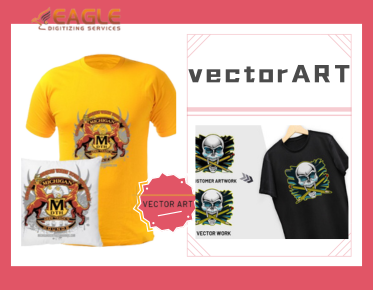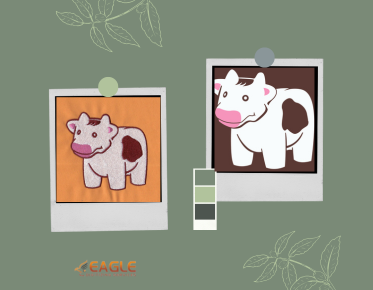How to Screen Print a Custom T-Shirt: A Comprehensive Guide
html
Screen printing is a popular method for creating custom t-shirts, offering vibrant colors and durable designs. Whether you're a hobbyist or a small business owner, understanding the screen printing process can help you produce high-quality apparel. In this guide, we'll walk you through the steps of screen printing a custom t-shirt, from preparing your design to curing the ink. For those interested in exploring more about vector images, which are crucial in design preparation, this resource can be quite helpful.
Understanding Screen Printing
Screen printing, also known as silkscreen printing, involves transferring ink onto a substrate (in this case, a t-shirt) through a mesh screen. The process allows for precise and vibrant designs, making it a favorite for custom apparel. The key to successful screen printing lies in the preparation and execution of each step.
Materials Needed
Before you begin, gather the necessary materials:
- Screen printing frame and mesh
- Emulsion and sensitizer
- Design stencil
- Screen printing ink
- Squeegee
- Heat source for curing
- T-shirts
Step-by-Step Screen Printing Process
1. Design Preparation
The first step in screen printing is preparing your design. Use graphic design software to create or edit your design. Ensure the design is in a vector format, as this allows for scalability without loss of quality. If you need assistance with vector conversion, consider using vector conversion services to ensure your design is print-ready.
2. Screen Preparation
Once your design is ready, it's time to prepare the screen. Coat the screen with a light-sensitive emulsion and let it dry in a dark room. After drying, place your design on the screen and expose it to light. The light hardens the emulsion, except where your design blocks it, creating a stencil.
3. Setting Up the Screen
After exposure, wash the screen with water to remove the unhardened emulsion, revealing your design. Once the screen is dry, set it up on your printing press or a flat surface, ensuring it's securely in place.
4. Printing the Design
Position your t-shirt on the printing surface, ensuring it's flat and wrinkle-free. Pour a small amount of ink onto the screen and use a squeegee to spread it evenly across the design. Apply firm, even pressure to ensure the ink passes through the mesh and onto the fabric.
5. Curing the Ink
After printing, the ink must be cured to ensure it adheres to the fabric. Use a heat press or a conveyor dryer to apply heat to the printed area. Proper curing is essential for the durability of the print.
Tips for Successful Screen Printing
Screen printing can be a complex process, but with practice, you can achieve professional results. Here are some tips to help you succeed:
- Ensure your screen is properly tensioned to avoid blurry prints.
- Use high-quality inks for vibrant and long-lasting designs.
- Practice your squeegee technique to achieve even ink distribution.
- Experiment with different mesh counts for varying levels of detail.
Exploring Advanced Techniques
Once you're comfortable with basic screen printing, consider exploring advanced techniques such as multi-color printing, using specialty inks, or creating halftone designs. These techniques can add complexity and interest to your custom t-shirts.
Conclusion
Screen printing is a rewarding and versatile method for creating custom t-shirts. By mastering the basics and experimenting with advanced techniques, you can produce unique and high-quality apparel. As you refine your skills, consider the role of professional services in enhancing your designs. Eagle Digitizing excels in delivering professional vector art services, transforming creative visions into scalable designs. What new techniques will you explore to elevate your screen printing projects?



